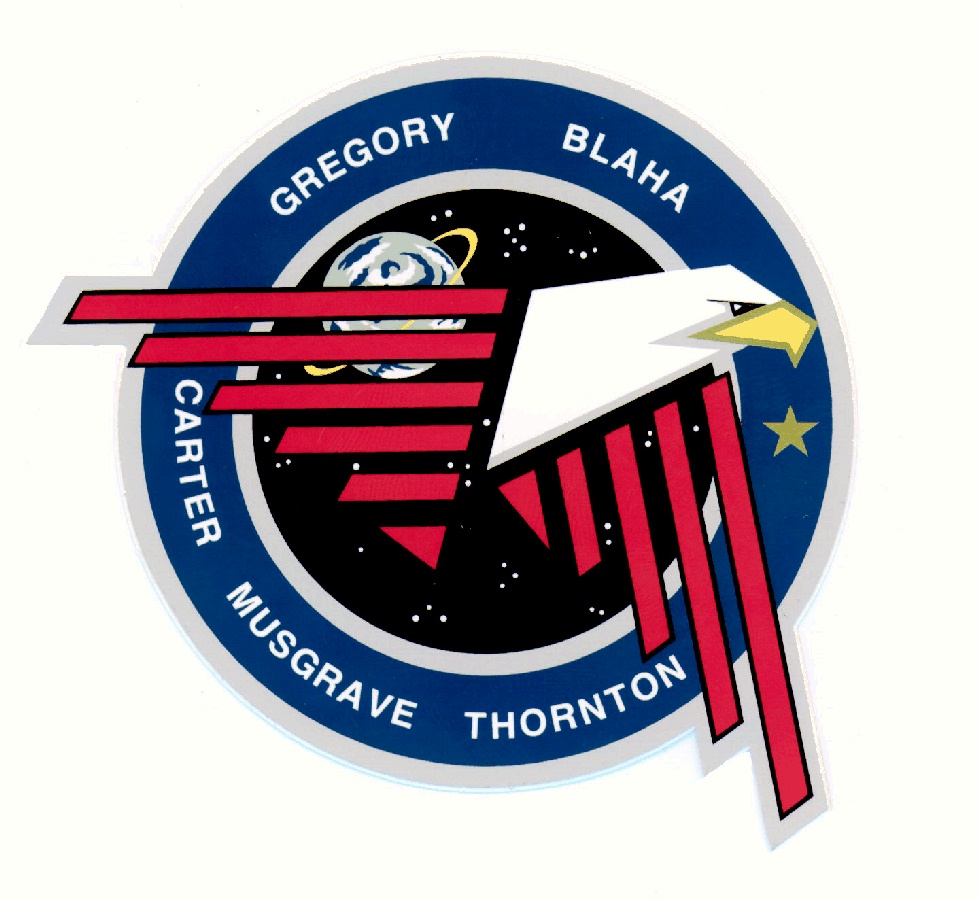Today I had the opportunity to attend a great meeting: the NASA Industry-Education Forum, held at NASA Headquarters in Washington, DC. It was an invitation-only event, for which I was actually an alternate in place of the Director of the North Carolina Space Grant; however, I feel as if I contributed a little bit to the proceedings.
The meeting started exceedingly well. We were greeted by the NASA Administrator, astronaut and Retired Marine Major General Charlie Bolden, who let us know that he considered it very important to NASA’s efforts to grow the nation’s science, technology, engineering, and mathematics (STEM) capabilities. Had I realized he was going to attend, I could’ve looked up his bio; then, when I introduced myself, I could’ve pointed out that I was on the Air Force Flight Test Center recovery team for his STS-31 shuttle mission that landed at Edwards Air Force Base, and also that one of his mission specialists on STS-60, Dr. Ron Sega, was one of the Under Secretaries of the Air Force for whom I wrote speeches. Ah, missed opportunities.
Following the introductions — including astronaut and International Space Station Expedition-3 Commander (and retired Navy Captain) Frank Culbertson and famed science correspondent Miles O’Brien — the meeting continued with a series of briefings on NASA’s education efforts, successful student programs such as the “Getaway Special” payloads that have flown on many shuttle flights, and the nationwide Space Grant program. It was good to note in the briefing about NASA’s University Research Centers that the centers at North Carolina A&T and North Carolina Central University were both included.
The meeting split up into four working groups, each with about ten people, that met over lunch to consider three topics: how we can inspire young people to pursue STEM education and careers, how we can retain these young people in STEM courses of study after they’ve begun, and how we can help graduates find (and succeed in) aerospace jobs. Our working group had a very wide-ranging discussion that could have continued for long after our time was up. When we all came back together, each group presented their results; our NASA hosts are collecting and collating all of our ideas for distribution to the larger group.
Next on the agenda was a panel of four “early career” aerospace professionals, each of whom had been assisted by NASA at some point in their educational career (e.g., by fellowships, scholarships, internships, etc.). Finally, the meeting ended with a collection of action items, most of which were taken by the NASA education staff, though some had industry and industry association elements.
I had gone into the meeting with an idea that I had gotten from a member of the Codex writers’ group: specifically, that of making a space documentary suitable for a very young audience, as opposed to the usual space documentaries that seem to appeal more to my generation. My working group did not take to the idea with the enthusiasm I had hoped, so I didn’t pitch it to the larger group.
However, one thing in the larger group was that new social networking technologies represent an opportunity to reach young people with exciting information about the aerospace world and their opportunities in it. And even though very few people read my blog, I like to think that my occasional space history items would qualify — so that made me feel pretty good.
All in all, a terrific meeting, and I was happy to represent the NC Aerospace Initiative. (And I even got to plug Baen Books in my working group!)



 by
by 














